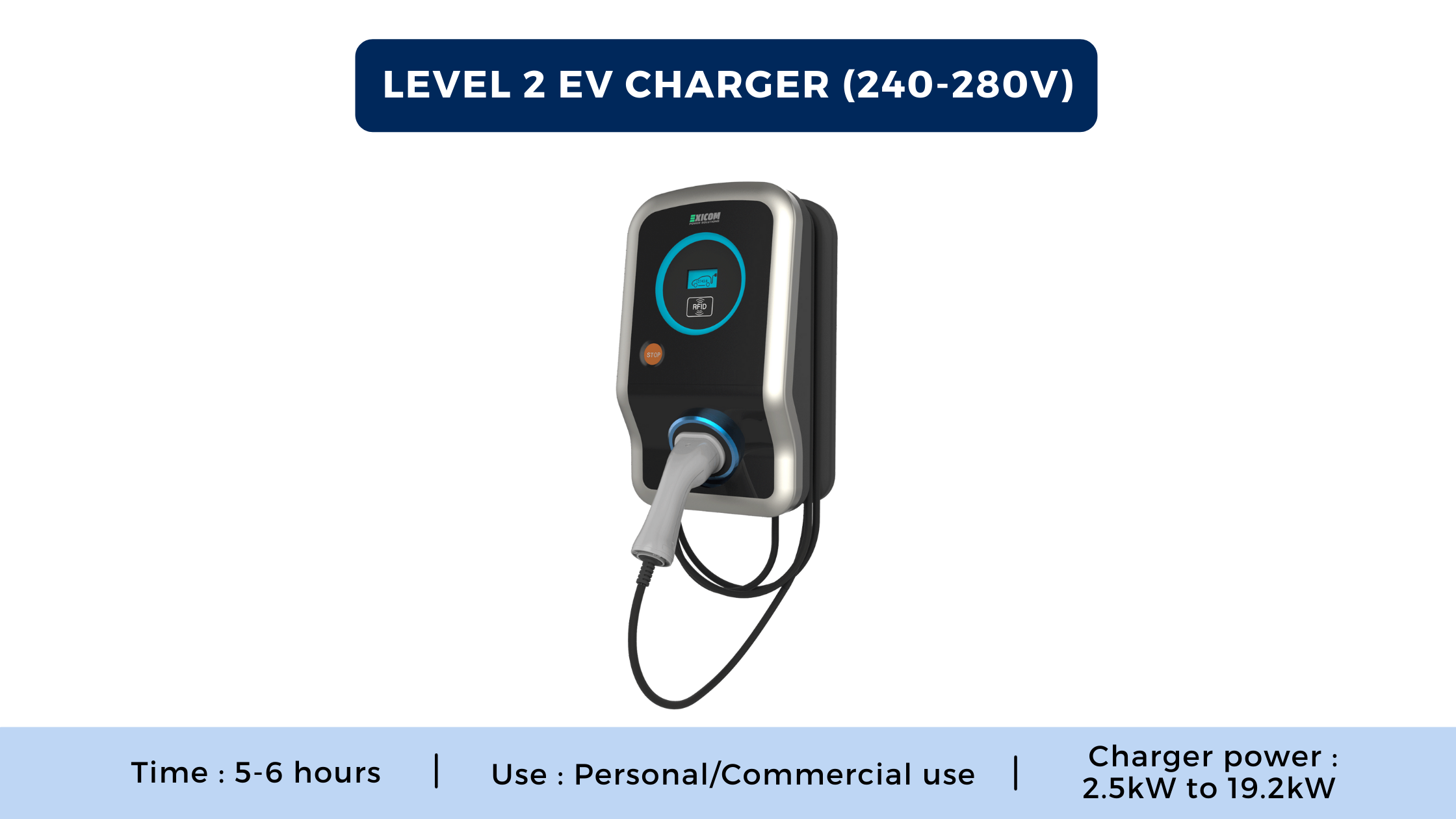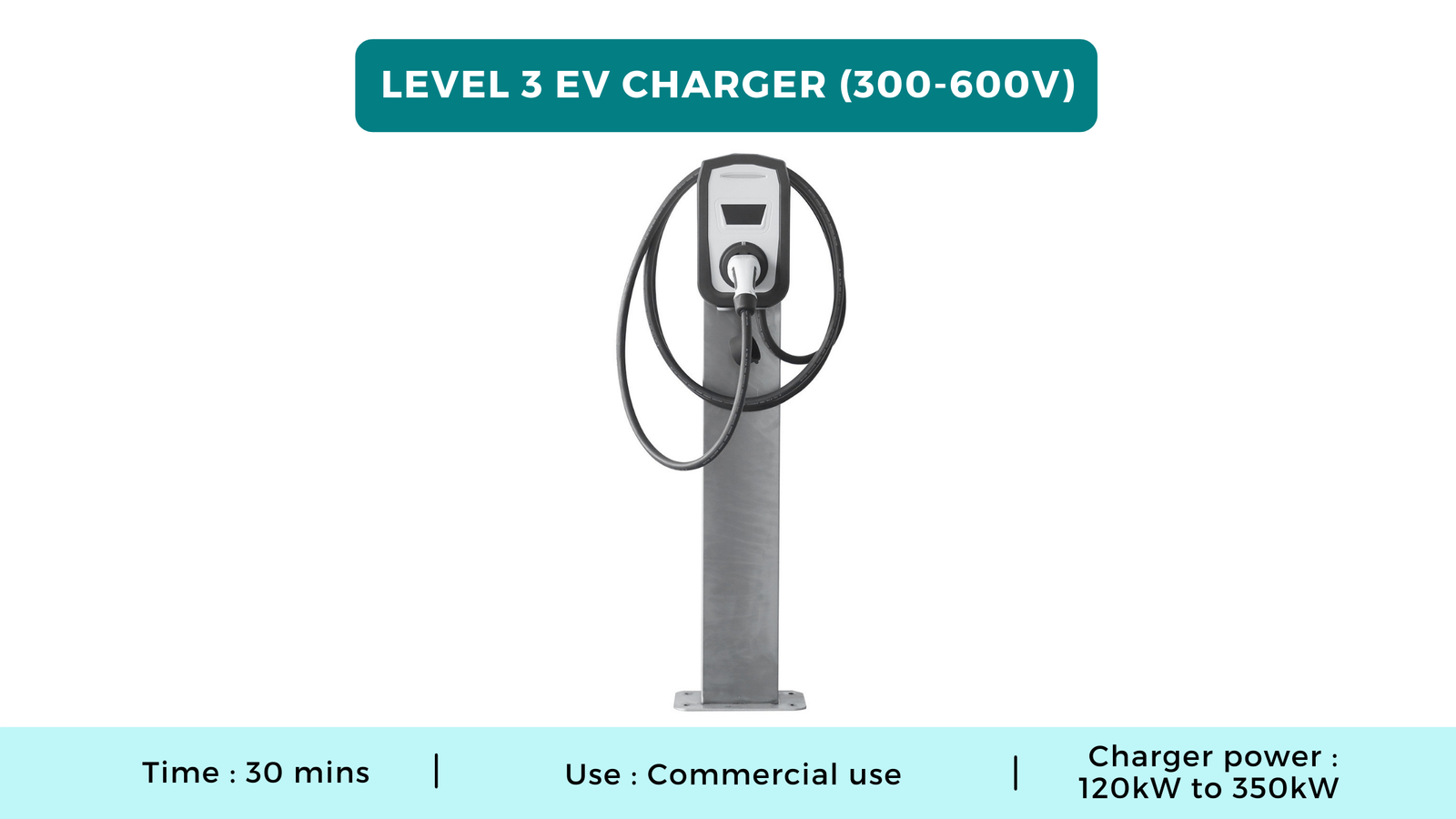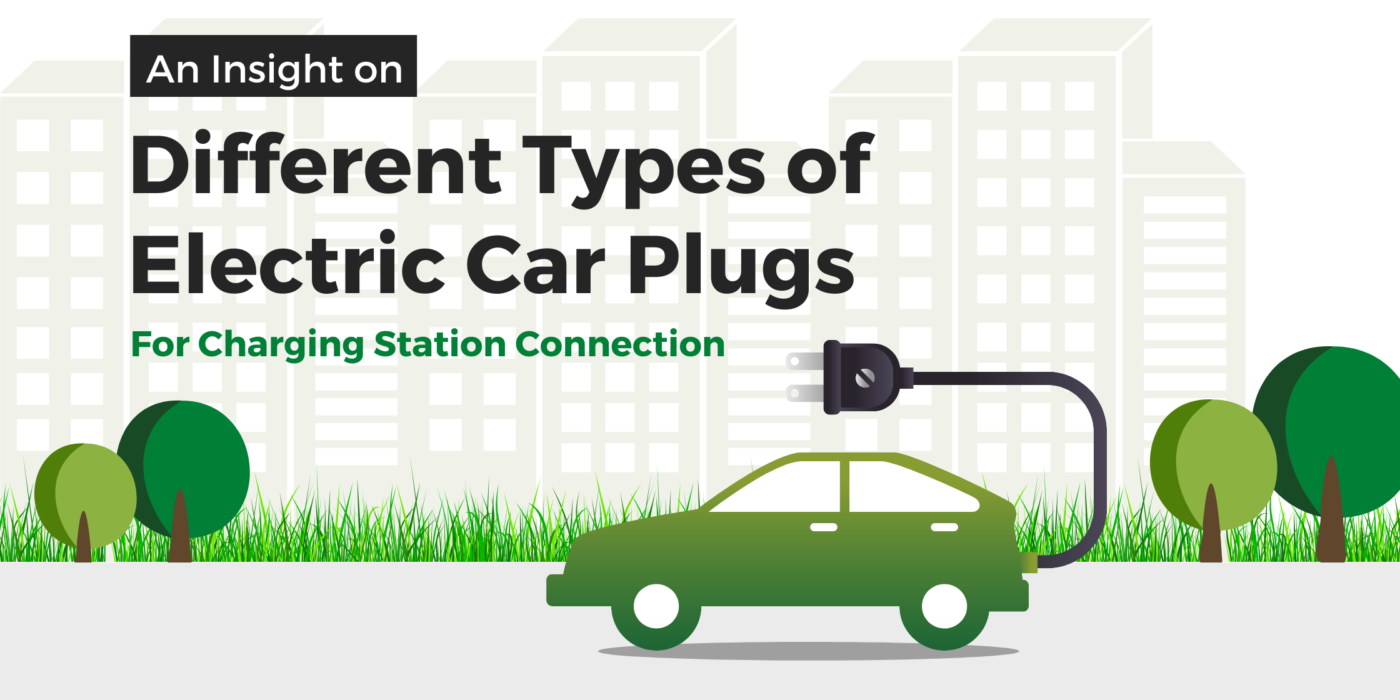The automobile sector is, without a doubt, the most competitive in the world. Its operating scope is massive, as is its impact on humans and the environment. The automotive market has evolved from basic transportation equipment to highly stylish, feature-rich, reliable, and performant mobility platforms over the decades.
We are fortunate that technology is rapidly advancing to help produce solutions that solve sustainability challenges as awareness of sustainability has increased over the last decade and as we humans better comprehend our impact on the earth. Automobile manufacturers are responding to the drive for vehicle electrification by expanding their battery-powered vehicle lines and, in the case of GM, setting a goal to deliver zero-emission vehicles by 2035. As a result, a new virtual car design was created.
- Those concerned about climate change applaud these initiatives, but electric vehicles (EVs) still have a long way to go before becoming mainstream. Worldwide electric car sales reached 2.1 million in 2019, accounting for 2.6 percent of global car sales and boosting the total stock of these vehicles to 7.2 million units, according to the International Energy Agency (IEA). While the COVID-19 outbreak is expected to affect passenger car sales, the International Energy Agency (IEA) expects that sales of electric passenger and commercial light-duty vehicles would remain stable in 2020, accounting for roughly 3% of global auto sales. Global electric car sales are expected to rise from 2.5 million in 2020 to 11.2 million in 2025 and 31.1 million in 2030, according to Deloitte. The following variables, according to Deloitte’s analysts, are causing this increase:
- Demand from customers
- Policies and laws of the government
- Automobile manufacturers’ commitment to electric vehicles
- Corporate fleets are transitioning to electric vehicles.
Electric Vehicles development
Thanks to breakthroughs in battery technology and continual innovation, EVs now have the range and zippy performance that most drivers desire for daily commutes. Behind the scenes, however, these developments require a high level of engineering expertise, as well as modern design tools and resources. Let’s look at how electronic design automation (EDA) techniques can assist speed up Electric Vehicles Development while still achieving the desired results. According to Deloitte, the total sales of electric vehicles is likely to hit 11.2 million by 2025. In 2020, it was 2.5 million.
Early Detection of Design and Software Issues
The automakers of EV Virtual Prototyping must achieve the appropriate mix between performance, driving range, cost, and efficiency when designing EVs. They must also deal with the difficulties given by the severe operating environment of vehicles, as well as the interplay of electrical and mechanical components in this environment. For increased economy, many OEMs have chosen to use more hardware and software to provide intelligence to their vehicles, as well as fewer electromechanical elements.
The development of electronic systems to support electric vehicles has thrown up new issues in the areas of hardware design, software development, EV Chargers, and system testing. Early design space exploration, electrical component selection, software development, and integration complexity, functional safety testing, and prototyping cost are all important factors.
Bench testing has always been used by car designers to validate electronic systems. However, test benches are expensive, and fault injection without destroying the hardware is nearly impossible.
Electronic Vehicles with the help of virtual prototyping enable validating the entire electronic system without depending on physical hardware. Moreover, in this work from home culture, virtual prototyping enables easy testing from anywhere across the world.
Electric Vehicles Development in One Place
We announced a comprehensive, multi-discipline EV virtual prototyping solution last summer that allows designers to examine design choices, weigh trade-offs, develop embedded software, and complete many stages of verification before manufacturing any hardware. The unified solution caters to the unique needs of electric vehicle design, such as:
- Power electronics, battery systems, microcontrollers, and AUTOSAR components are all represented in EV model libraries.
- For a detailed examination, a multi-level rapid simulation, from abstract to high-fidelity, is used.
- Support functional safety, hardware and software debug, variation analysis, coverage analysis, and calibration design duties by debugging, analyzing, and testing functionality
- Support for the Functional Mock-up Interface (FMI) and other application programming interfaces (APIs) enabling integration into other automotive flows and tools (FMI)
EV virtual prototyping solution comprises of the following components:
- VirtualizerTM and Virtualizer Development Kits (SDKs) are tools for creating, distributing and using virtual hardware prototypes.
- For effective development of engine control unit (ECU) software, the Silver virtual ECU platform brings development activities from road and test rigs to a Windows® PC.
- TestWeaver® is an intelligent test automation tool that produces and runs system tests with minimal specification effort to discover mistakes and maximize test coverage.
- SaberRD and SaberEXP are integrated environments for virtualizing and optimizing power electronic and mechatronic systems.
Our electric vehicle virtual prototyping solution allows a diverse group of development and test engineers to focus on areas such as controls systems, application software, firmware, power electronics, battery system management, motor drive, reliability, functional safety, calibration, and system/software integration, resulting in improved product quality and performance as well as lower development and maintenance costs.
To save time and reduce iterations, virtual prototyping can be utilized as a part of a shift-left strategy, which entails relocating the design and verification process earlier in the process. Furthermore, by prototyping online, designers can test faults and corner cases that would be harmful or impossible to achieve with hardware. Synopsys’ Triple-Shift Left process entails creating a virtual prototype alongside ECU development, using automotive-grade IP to execute specified functionalities on silicon, and doing early and comprehensive automotive software testing. Triple-Shift Left’s purpose is to transform the traditional serial automotive development process into a parallel one, saving time and money while optimizing the system from the start for functional safety, security, and dependability.
Conclusion
With EDA techniques like virtual prototyping, designing the electronic systems of electric vehicles can be a lot easier and faster. That’s great news for designers who are seeking to make a name for themselves.
Are you looking for virtual prototyping and designing solutions for your electronic vehicles? Check out us as we have already served the industry for a decade. Feel free to contact us with an inquiry.
References
https://www2.deloitte.com/us/en/insights/focus/future-of-mobility/electric-vehicle-trends-2030.html
https://blogs.synopsys.com/from-silicon-to-software/2021/02/10/electric-car-design-virtual-prototyping/

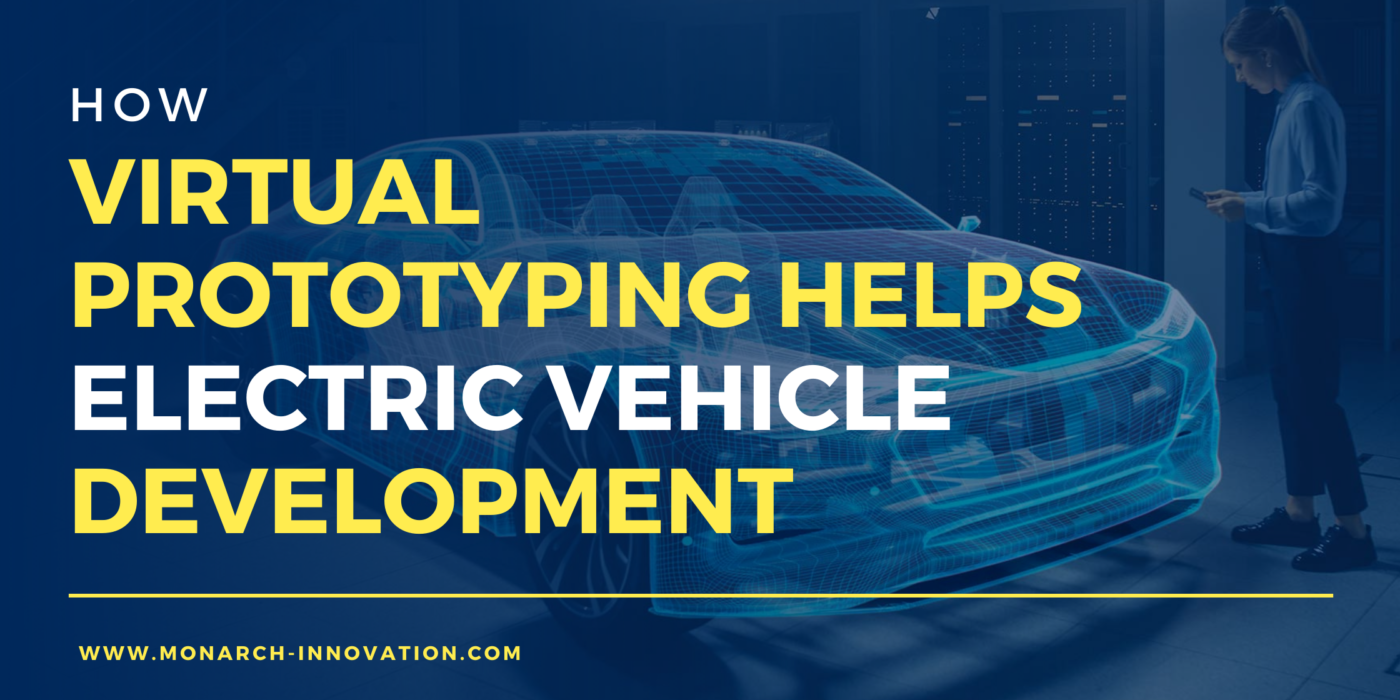
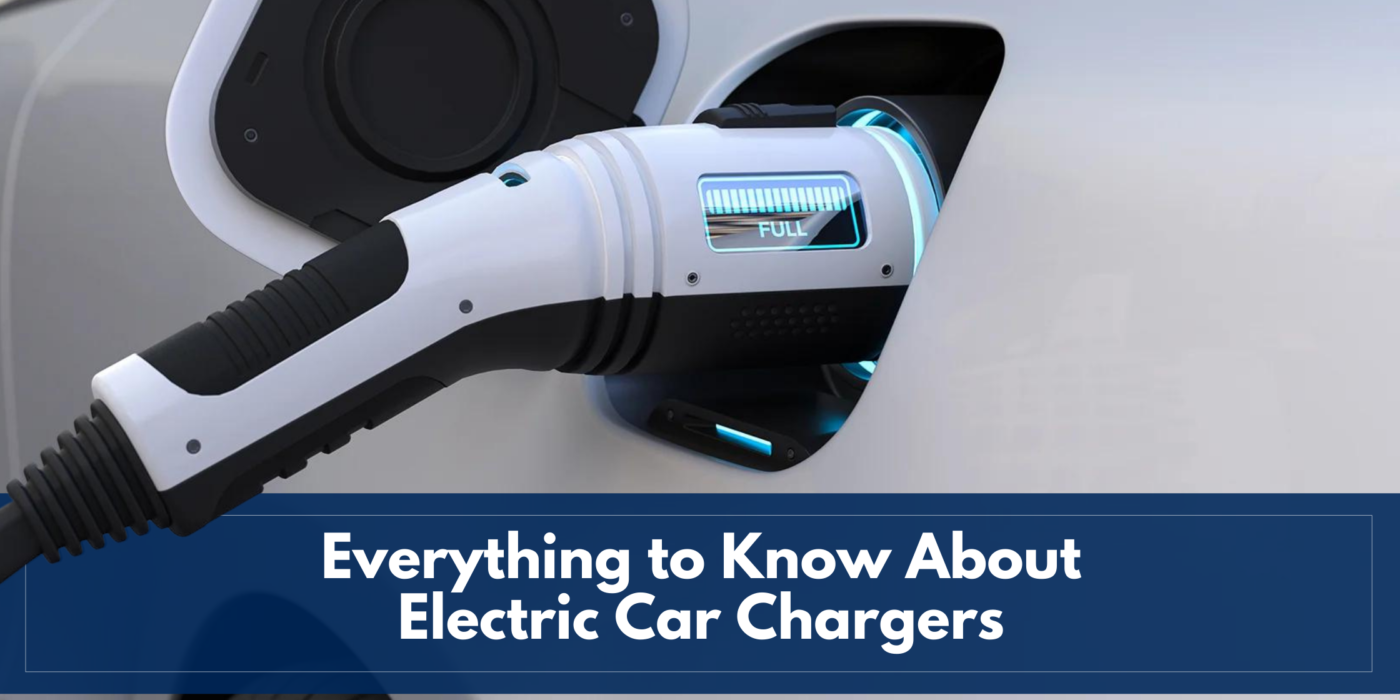
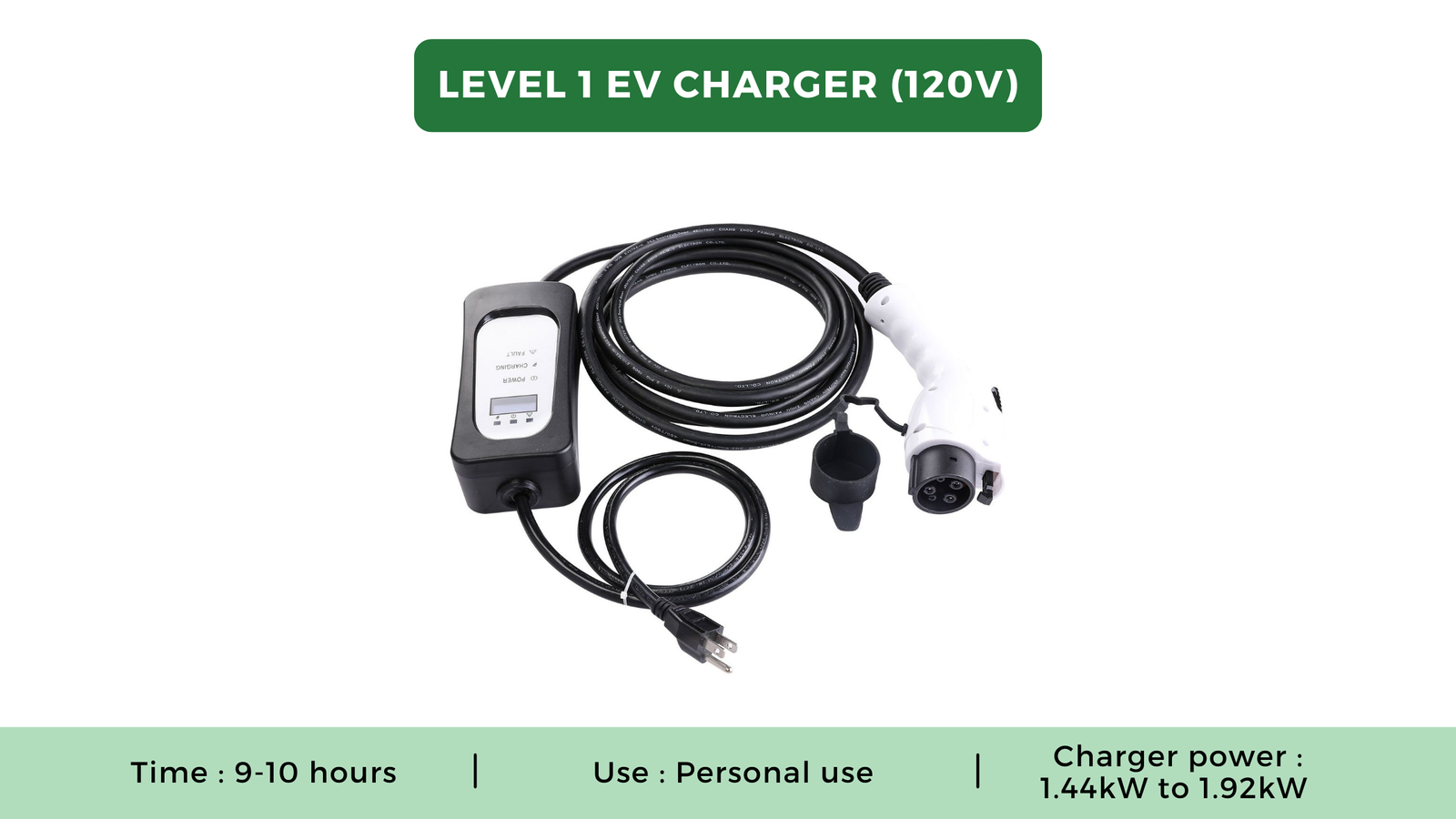 Level 1 is the most basic sort of EV charger. It is just a standard wall outlet charger. Level 1 chargers might take up to 24 hours to completely charge an electric vehicle. These chargers are frequently found in regular home outlets. The following are the characteristics of a Level 1 charger-
Level 1 is the most basic sort of EV charger. It is just a standard wall outlet charger. Level 1 chargers might take up to 24 hours to completely charge an electric vehicle. These chargers are frequently found in regular home outlets. The following are the characteristics of a Level 1 charger-